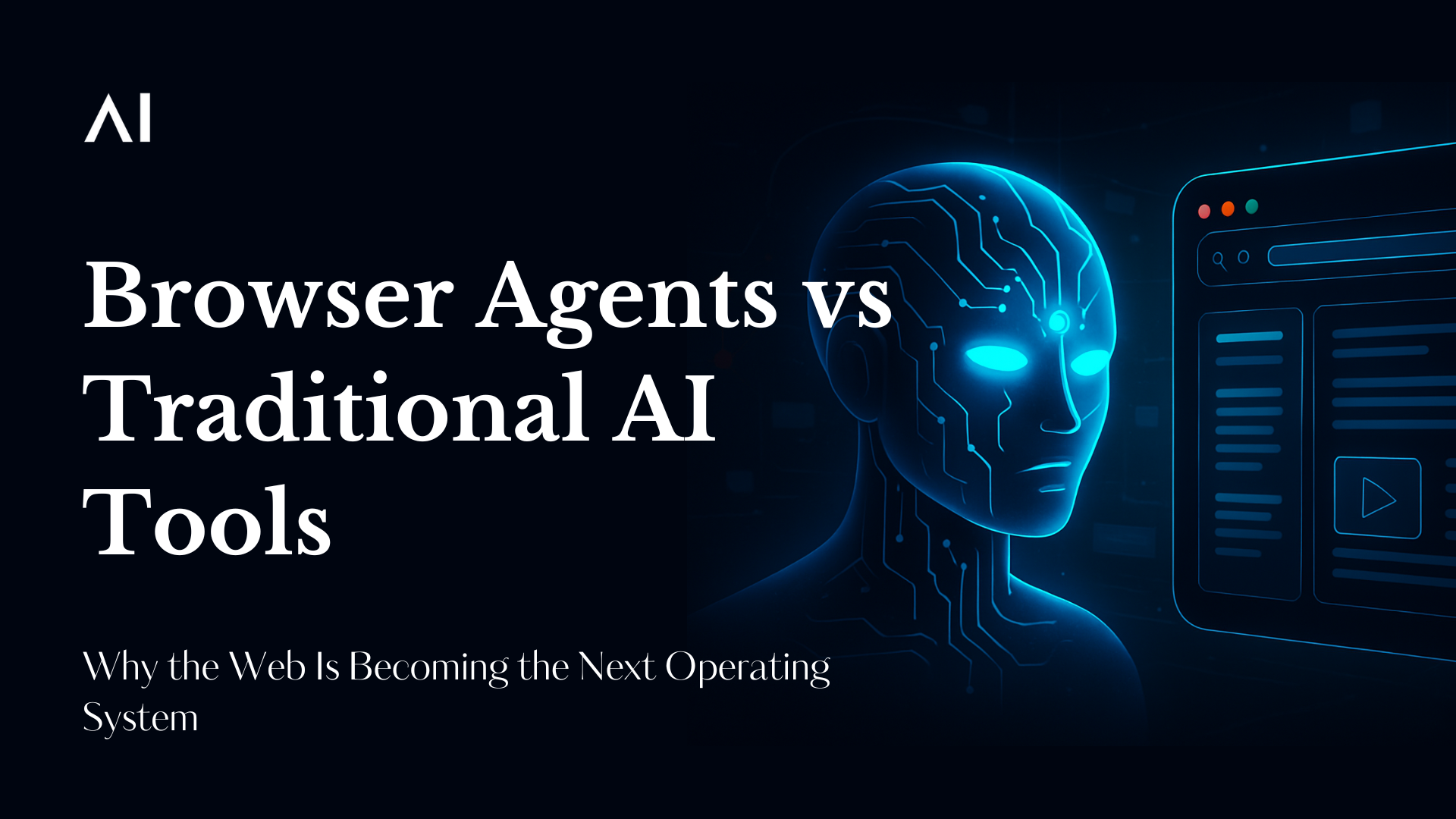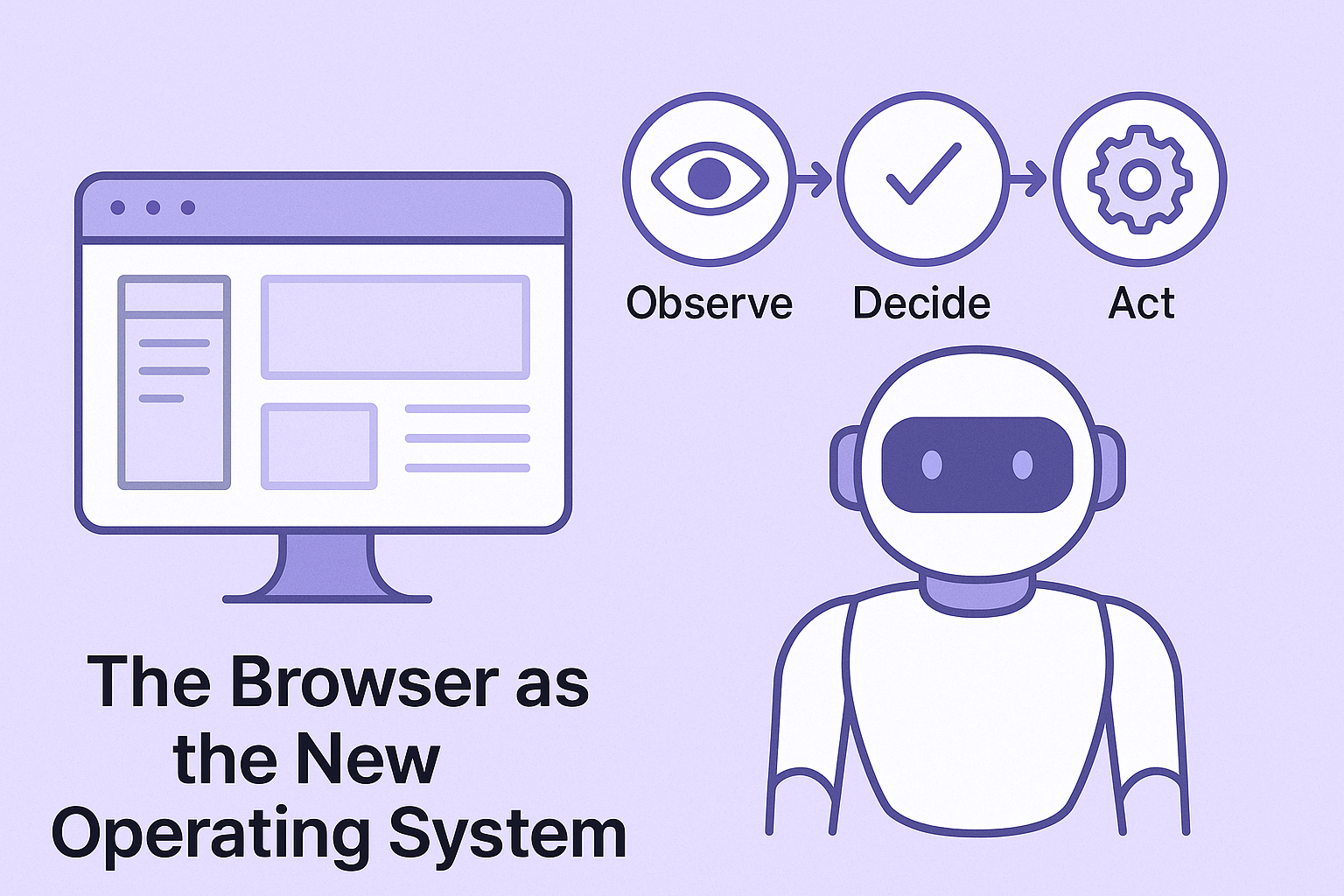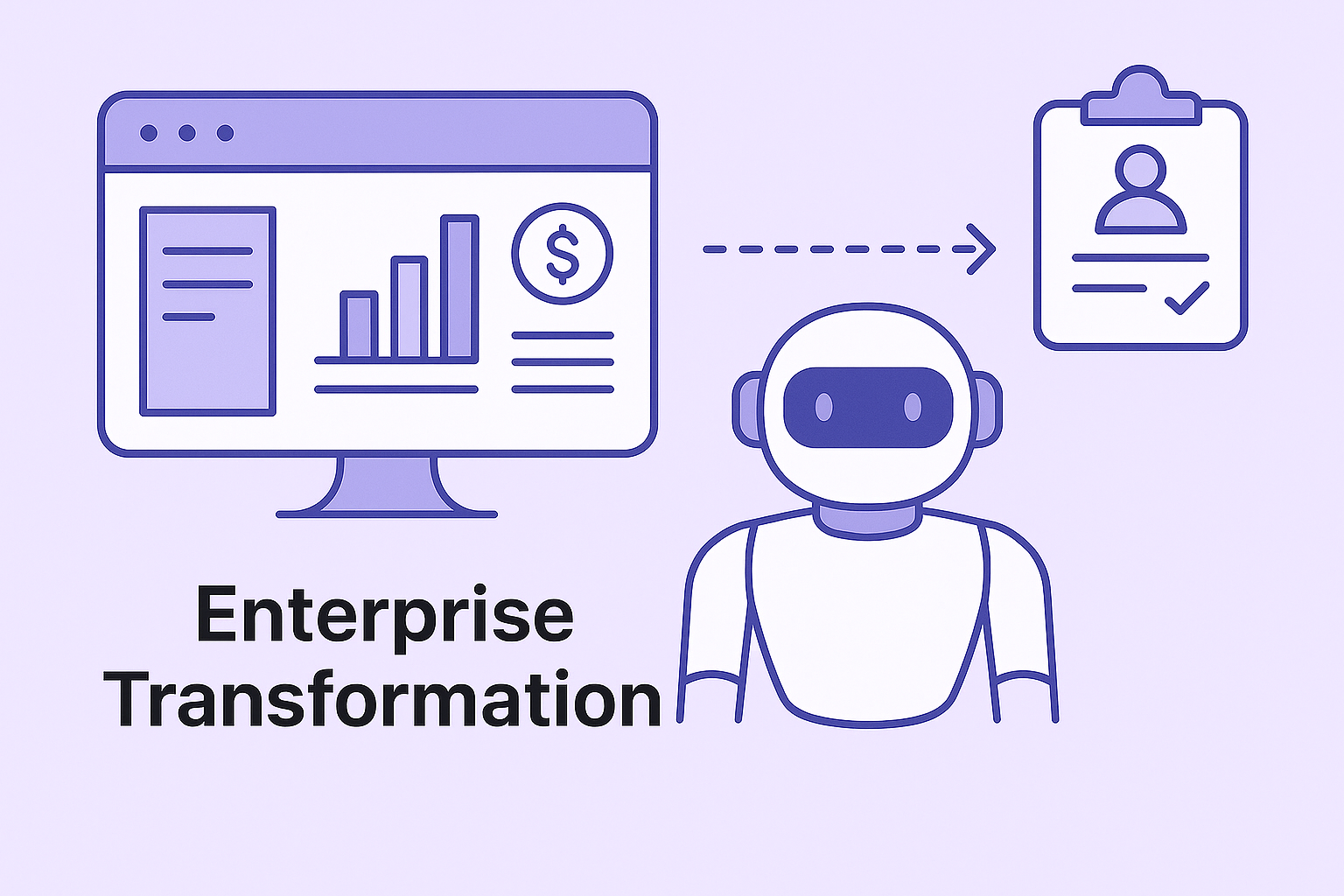Join our WhatsApp Community
AI-powered WhatsApp community for insights, support, and real-time collaboration.
Browser agents turn browsers into intelligent workspaces, acting autonomously across sites, bridging AI from insight to action, reshaping productivity.

| Why is AI important in the banking sector? | The shift from traditional in-person banking to online and mobile platforms has increased customer demand for instant, personalized service. |
| AI Virtual Assistants in Focus: | Banks are investing in AI-driven virtual assistants to create hyper-personalised, real-time solutions that improve customer experiences. |
| What is the top challenge of using AI in banking? | Inefficiencies like higher Average Handling Time (AHT), lack of real-time data, and limited personalization hinder existing customer service strategies. |
| Limits of Traditional Automation: | Automated systems need more nuanced queries, making them less effective for high-value customers with complex needs. |
| What are the benefits of AI chatbots in Banking? | AI virtual assistants enhance efficiency, reduce operational costs, and empower CSRs by handling repetitive tasks and offering personalized interactions. |
| Future Outlook of AI-enabled Virtual Assistants: | AI will transform the role of CSRs into more strategic, relationship-focused positions while continuing to elevate the customer experience in banking. |
For all their sophistication, most AI tools today remain confined within their own environments.
They process language exceptionally well but lack the ability to act.
Browser agents change this dynamic. Instead of existing within a controlled interface, they inhabit the browser itself—where actual digital work happens. They can open tabs, read information, interact with forms, and make decisions based on what they see.
In effect, they extend AI’s intelligence into the operational layer of the web, bridging the gap between understanding and execution. For more on AI agents that operate autonomously across tasks, check out LLM-powered AI Agents.
Traditional AI systems are reactive. They wait for input, process it, and return an answer.
Browser agents are proactive. They can take a goal and determine how to achieve it by interacting directly with online environments.
Imagine specifying: Find three verified suppliers for sustainable packaging and email them.
A browser agent would search, compare, and execute the outreach—entirely within your browser environment.
This shift from response to action represents a fundamental leap. Early implementations from OpenAI’s ChatGPT with browsing and Perplexity’s real-time exploration already hint at what’s coming next: agents that don’t just interpret the internet—they operate within it.
Read more about AI agents as digital colleagues.
Almost every modern workflow now runs in a browser—communication, documentation, analytics, finance, and design.
As such, it is becoming the logical home for AI.
Browser agents can navigate multiple applications seamlessly, drawing insights from one tab and applying them in another. This makes the browser a unifying platform—an environment where AI can connect disparate systems without complex integration work.
The implication is profound: the browser is evolving from a passive viewing interface into an active computational layer. You can see how AI workflows integrate across platforms like website chatbots to further streamline operations.

What sets browser agents apart is autonomy.
They can:
This three-step cycle—observe, decide, act—transforms AI from a question-answer system into an operational collaborator. It allows tasks that once required human supervision to be completed end-to-end, with precision and consistency. Learn more about the Fluid AI platform overview to see how these capabilities are structured.
The big idea: Browser agents turn browsing into action, bridging gaps between research, automation, and productivity.
As agents begin to act within browsers, trust becomes the defining factor.
The ability to click, submit, and access data introduces new questions:
Security models will need to evolve to meet this reality. Agent sandboxing, granular permission controls, and standardized authentication protocols—similar to OAuth—will be critical to ensure safe and verifiable operations.
Browser agents are quietly reshaping how we think about software. Instead of downloading full-scale applications, users may soon install specialized agents that perform specific roles directly within their browser.
A few examples:
These agents are modular, lightweight, and context-aware. They do not replace existing systems; they orchestrate them. For developers, this opens an entirely new layer of opportunity—building agents as capabilities rather than products.
In enterprise environments, the potential impact is enormous.
A browser agent embedded in a corporate setup could access internal dashboards, customer management tools, or financial systems—executing queries and compiling insights without the need for human navigation.

For example, a compliance officer could request: Identify KYC records pending review and generate a summary report.
The agent would perform the search, consolidate findings, and present the results.
This approach bypasses the need for heavy integrations, making legacy systems immediately compatible with intelligent automation. It also keeps operations transparent, since every action occurs in the browser layer—the same interface already governed by enterprise access policies.
As AI moves closer to the web layer, control over the browser itself becomes strategic.
Companies such as OpenAI, Anthropic, and Perplexity are already experimenting with this direction—embedding autonomous capabilities within the browsing process.
The competitive dynamic may soon resemble the operating system wars of the past, but this time, the contest is for control over the browser agent layer. Whoever defines this interaction standard will effectively control how humans and AI collaborate online.
Browser agents blur the line between user and system. They inhabit the same environment as the human operator, observing patterns, learning preferences, and optimizing workflows in real time.
Rather than replacing users, they augment them—handling routine navigation while humans focus on higher-level reasoning and decision-making. Over time, this will redefine digital productivity: not separate tools for humans and AI, but a shared workspace of continuous collaboration.
The future of computing will not arrive as another app or device. It will emerge through the browser.
As browser agents mature, the web itself will behave like an intelligent operating system—aware, responsive, and adaptive to user intent.
You will describe an outcome, and the system will determine how to achieve it across your connected applications.
In that sense, browser agents represent the natural culmination of AI evolution: from text models, to assistants, to fully operational digital counterparts.
Traditional AI tools expanded how we access knowledge.
Browser agents are expanding how we act on it.
They turn the internet into an executable environment, merging intelligence with capability. For organizations and individuals alike, the browser is no longer a passive window to information—it is becoming the command center for autonomous AI operations.
The next generation of productivity will not be defined by more applications or larger models, but by this simple truth:
AI will live where we work—inside the browser.
Fluid AI is an AI company based in Mumbai. We help organizations kickstart their AI journey. If you’re seeking a solution for your organization to enhance customer support, boost employee productivity and make the most of your organization’s data, look no further.
Take the first step on this exciting journey by booking a Free Discovery Call with us today and let us help you make your organization future-ready and unlock the full potential of AI for your organization.

AI-powered WhatsApp community for insights, support, and real-time collaboration.
.webp)
.webp)

Join leading businesses using the
Agentic AI Platform to drive efficiency, innovation, and growth.
AI-powered WhatsApp community for insights, support, and real-time collaboration.